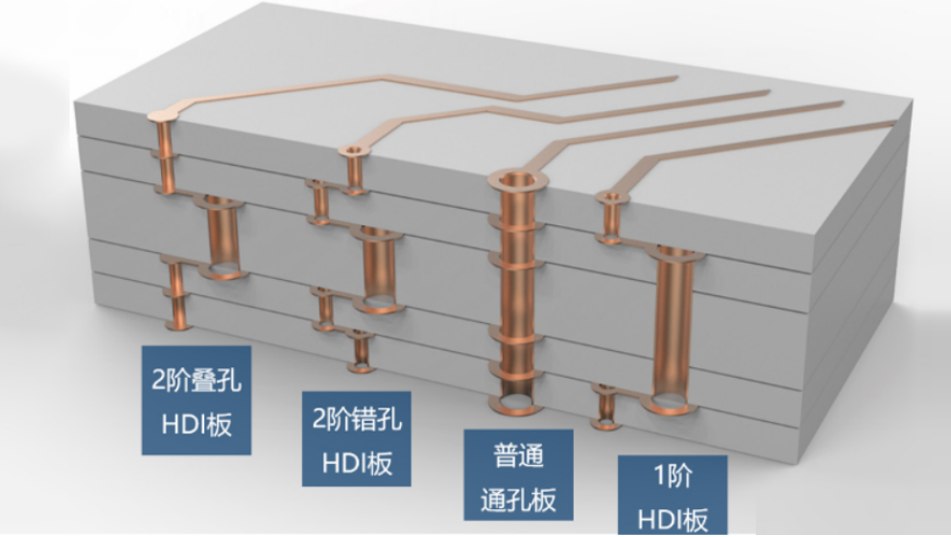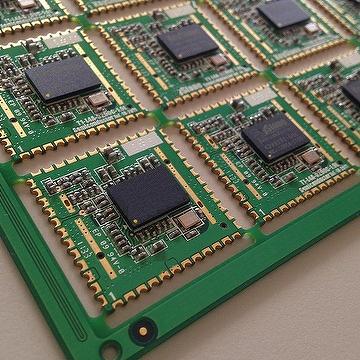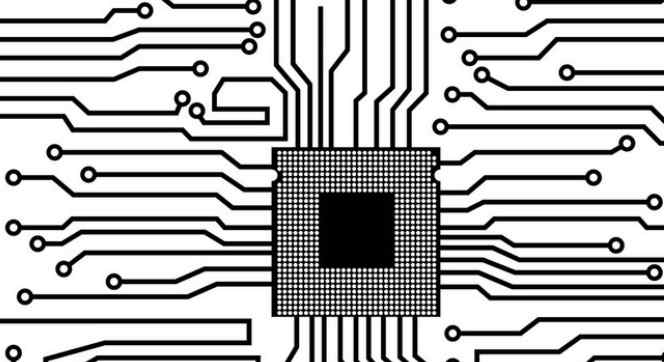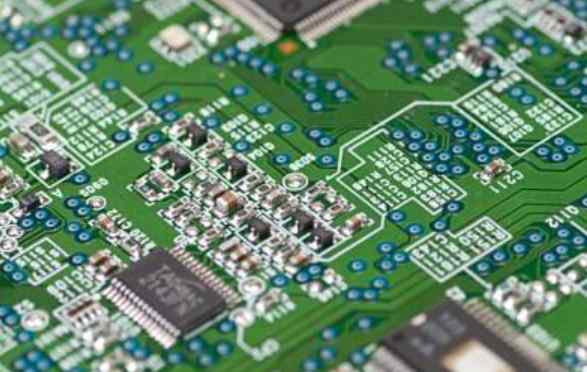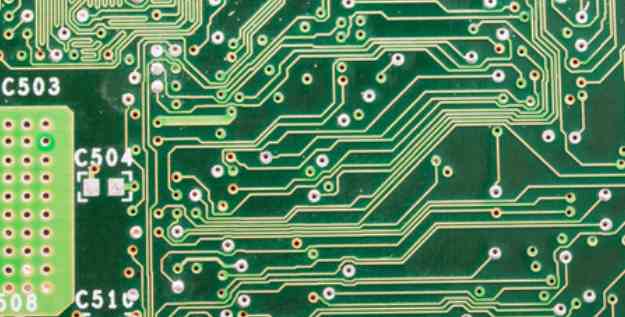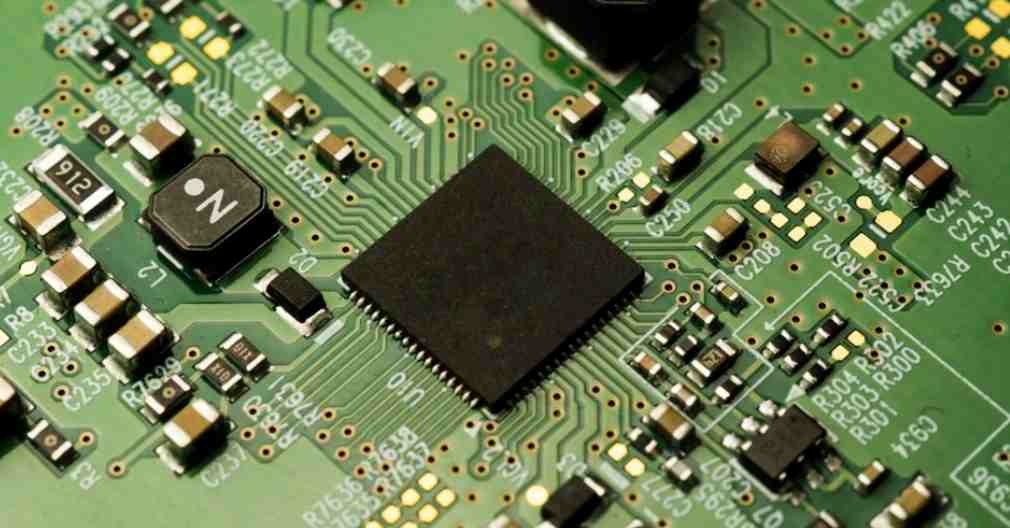
I. Input impedance
Input impedance refers to the equivalent impedance of a circuit input. Add a voltage source U to the input and measure the current I at the input. Then the input impedance Rin is U/I. You can think of the input as the two ends of a resistor, and the resistance of that resistor is the input impedance.
Input impedance is no different from a normal reactance element, which reflects the amount of resistance to current. For a voltage-driven circuit, the greater the input impedance, the lighter the load on the voltage source, and thus the easier it is to drive, and will not affect the signal source; For current-driven circuits, the lower the input impedance, the lighter the load on the current source. Therefore, we can say that if the voltage source is used to drive, the greater the input impedance, the better; If it is driven by a current source, the smaller the impedance, the better (note: only for low frequency circuits, in high frequency circuits, impedance matching is also considered), and if the maximum output power is to be obtained, the impedance matching should also be considered
Two, output impedance
No matter the signal source or amplifier or power supply, there is the problem of output impedance. The output impedance is the internal resistance of a signal source. Originally, for an ideal voltage source (including a power supply), the internal resistance should be zero, or the impedance of an ideal current source should be infinite. But the real voltage source, can not do this. We often use an ideal voltage source in series with a resistor r to equivalent a real voltage source. The resistance r in series with the ideal voltage source is the internal resistance (signal source/amplifier output/power supply). When this voltage source supplies power to a load, a current I will flow across this load and produce an I×r voltage drop across this resistance. This results in a drop in the output voltage of the supply, which limits the maximum output power (see the "Impedance Matching" question below for an explanation of why this is limited). Similarly, for an ideal current source, the output impedance would be infinite, but the actual circuit is impossible.
Three, impedance matching
Impedance matching refers to a suitable collocation between signal source or transmission line and load. Impedance matching is divided into low frequency and high frequency two cases are discussed. Let's start with a DC voltage source driving a load. Since a real voltage source always has internal resistance, we can equivalent a real voltage source to an ideal voltage source in series with a resistance r. Assuming that the load resistance is R, the electromotive force of the power supply is U, and the internal resistance is r, the current flowing through the resistance R can be calculated as: I=U/ (R+r). It can be seen that the smaller the load resistance R, the larger the output current. The voltage on the load R is Uo=IR=U/ [1+ (r/R)]. It can be seen that the larger the load resistance R, the higher the output voltage Uo. Then calculate the power consumed by resistance R as follows:
For a given signal source, the internal resistance r is fixed, and the load resistance R is selected by us. Note that in the formula [(r-r) 2/R], when R=r, [(r-r) 2/R] can obtain the minimum value 0, and then the maximum output power Pmax=U2/ (4×r) can be obtained on the load resistance R. That is, when the load resistance is equal to the internal resistance of the signal source, the load can obtain the maximum output power, which is one of the impedance matching we often say. This conclusion also applies to low frequency and high frequency circuits. When the AC circuit contains capacitive or inductive impedance, the conclusion is changed, that is, the real part of the signal source and the load impedance are required to be equal, and the imaginary part is negative to each other, which is called conjugate matching. In the low-frequency circuit, we generally do not consider the transmission line matching problem, only consider the situation between the signal source and the load, because the wavelength of low-frequency signal relative to the transmission line is very long, transmission line can be regarded as "short line", reflection can not be considered (can be understood in this way: because the line is short, even if reflected back, with the original signal is the same). From the above analysis, we can draw a conclusion: if we need a large output current, choose a small load R; If we need a high output voltage, choose a high load R; If we want to maximize the output power, choose resistance R that matches the internal resistance of the signal source. Sometimes impedance mismatch has another meaning, for example, some instrument output is designed under specific load conditions, if the load conditions change, it may not reach the original performance, then we will also be called impedance mismatch.

In high frequency circuits, we must also consider the problem of reflection. When the frequency of the signal is high, the wavelength of the signal is short. When the wavelength is short enough to match the length of the transmission line, the reflected signal superimposed on the original signal will change the shape of the original signal. If the characteristic impedance of the transmission line is not equal to the load impedance (that is, does not match), reflection will occur at the load end. The reason why impedance mismatches produce reflections and the solution of characteristic impedance involves the solution of second-order partial differential equations. We will not go into details here. For those who are interested, please refer to the transmission line theory in books on electromagnetic field and microwave. The characteristic impedance of a transmission line (also called characteristic impedance) is determined by the structure and material of the transmission line, and is independent of the length of the transmission line, the amplitude and frequency of the signal, etc. For example, the common closed-circuit television coaxial cable has a characteristic impedance of 75Ω, while some RF devices have a characteristic impedance of 50Ω coaxial cable. Another common transmission line is a flat parallel line with a characteristic impedance of 300Ω, which is commonly found on rural television antenna stands and is used as a Yagi antenna feed. Because the input impedance of the TV's RF input is 75Ω, the 300Ω feeder will not match it.
How do you actually solve this problem? I don't know if you've noticed, but in the accessory of the TV, there's a 300 to 75Ω impedance converter (a plastic package with a round plug on one end, about the size of two thumbs). It's essentially a transmission line transformer that converts a 300Ω impedance into a 75Ω impedance, so that it matches up. It is important to emphasize here that characteristic impedance is not the same concept as resistance as we usually understand it. It is independent of the length of the transmission line and cannot be measured by using an ohmmeter. There are many factors that affect the characteristic resistance, such as the backing material and the distance between the wire and the floor. In order not to reflect, the load impedance should be equal to the characteristic impedance of the transmission line. This is the impedance matching of the transmission line. What would happen if the impedance did not match? If not matched, will form reflection, energy transfer can not pass, reduce efficiency; Standing waves will be formed on the transmission line (simply understood, that is, the signal is strong in some places, and weak in some places), resulting in the reduction of the effective power capacity of the transmission line; The power will not be transmitted, or even damage the transmitting equipment. If the high-speed signal line on the circuit board does not match the load impedance, it will produce shock, radiation interference and so on.
When the impedance doesn't match, what are the ways to make it match? First, consider using a transformer to do the impedance conversion, as in the television example above. Second, consider the use of series/parallel capacitors or inductors, which are often used in debugging RF circuits. Third, the use of series/parallel resistors may be considered. Some drivers have low impedance and can match the transmission line with a suitable resistance in series. High-speed signal lines, for example, sometimes have a resistance of several tens of ohm in series. And some receivers input impedance is relatively high, you can use the parallel resistance method, to match with the transmission line, for example, 485 bus receiver, often in the data line terminal parallel matching resistance of 120 ohms. (Start end matching in series, end matching in parallel)
To help you understand the problem of reflexes when impedance mismatches occur, let me give you two examples: Let's say you're practicing boxing -- punching a hacky sack. If it is the right weight, the right hardness of the sandbag, you will feel comfortable. However, if one day I altered the sandbag, for example, and replaced it with iron sand, and you still hit it with the same force, your hand might not be able to bear it -- that's what happens when the load is too heavy, and there's a lot of bounce. On the other hand, if I replace the inside with something very light, if you punch, you may blow empty and your hand may not be able to stand it -- this is the case of light load.


